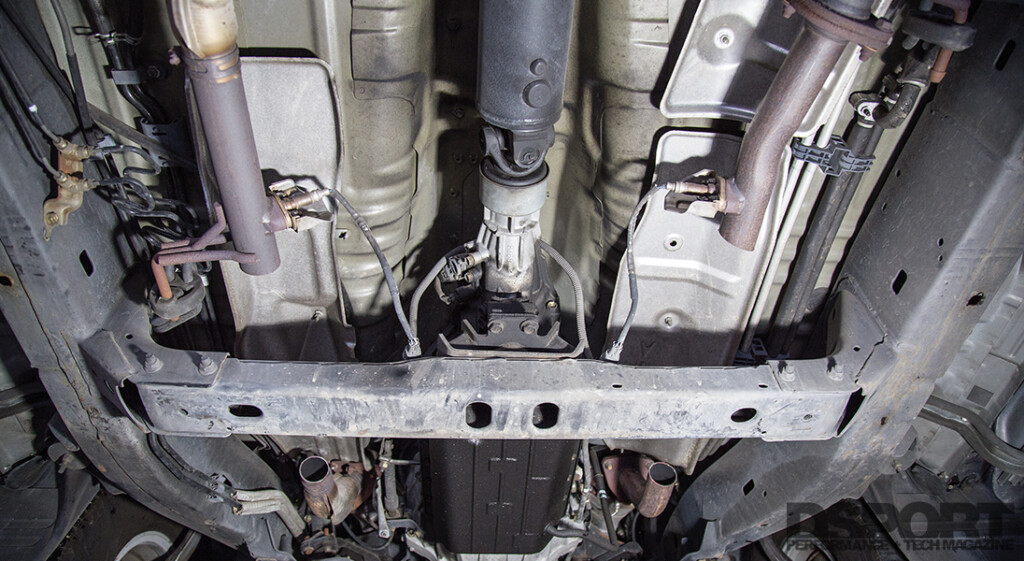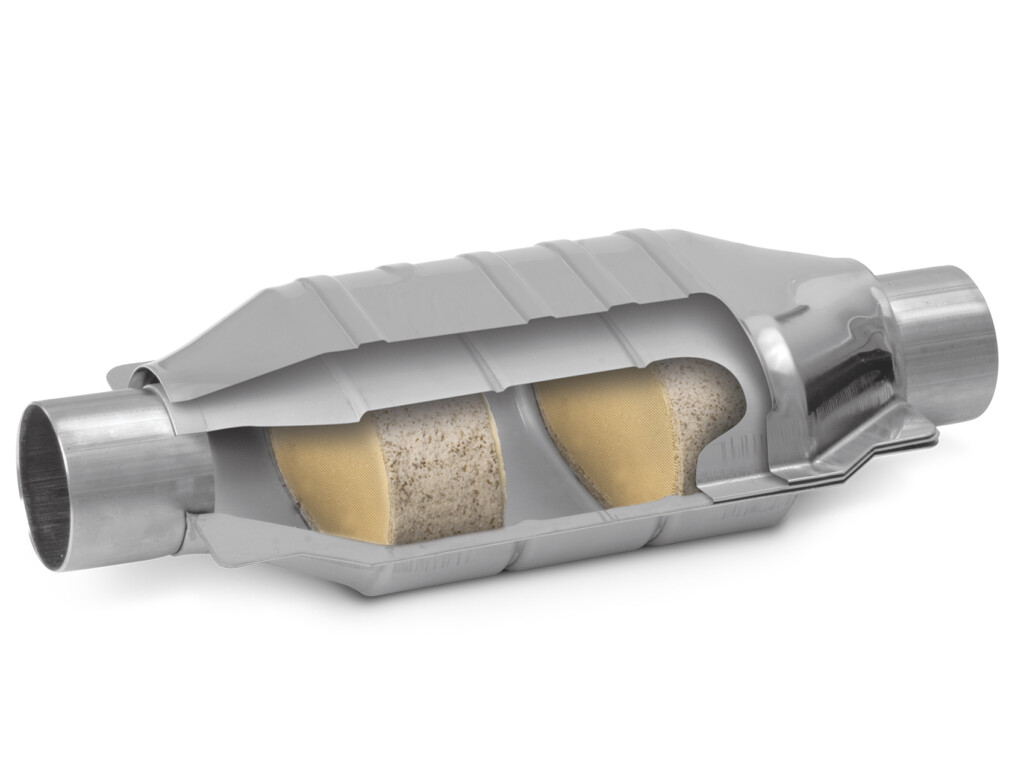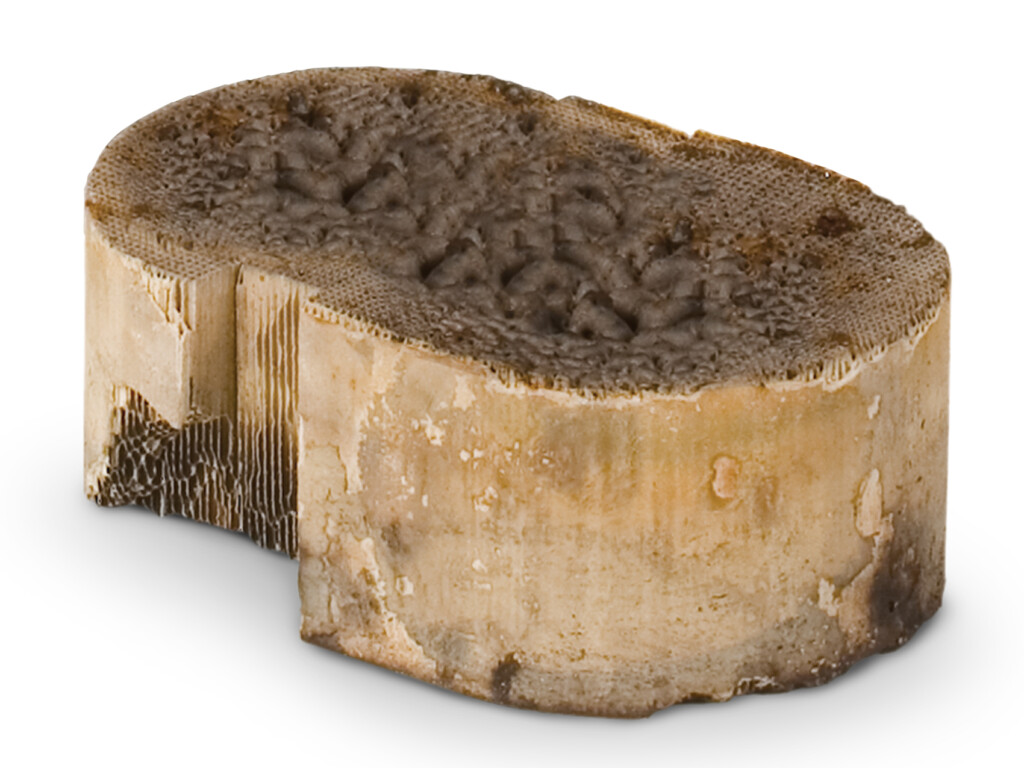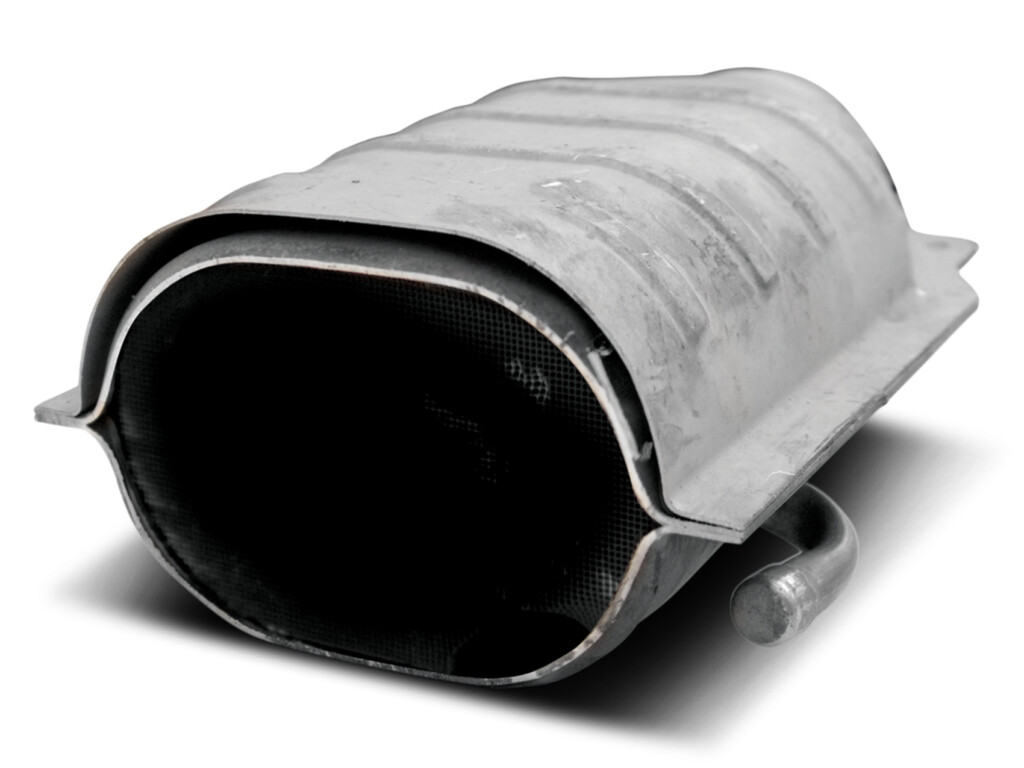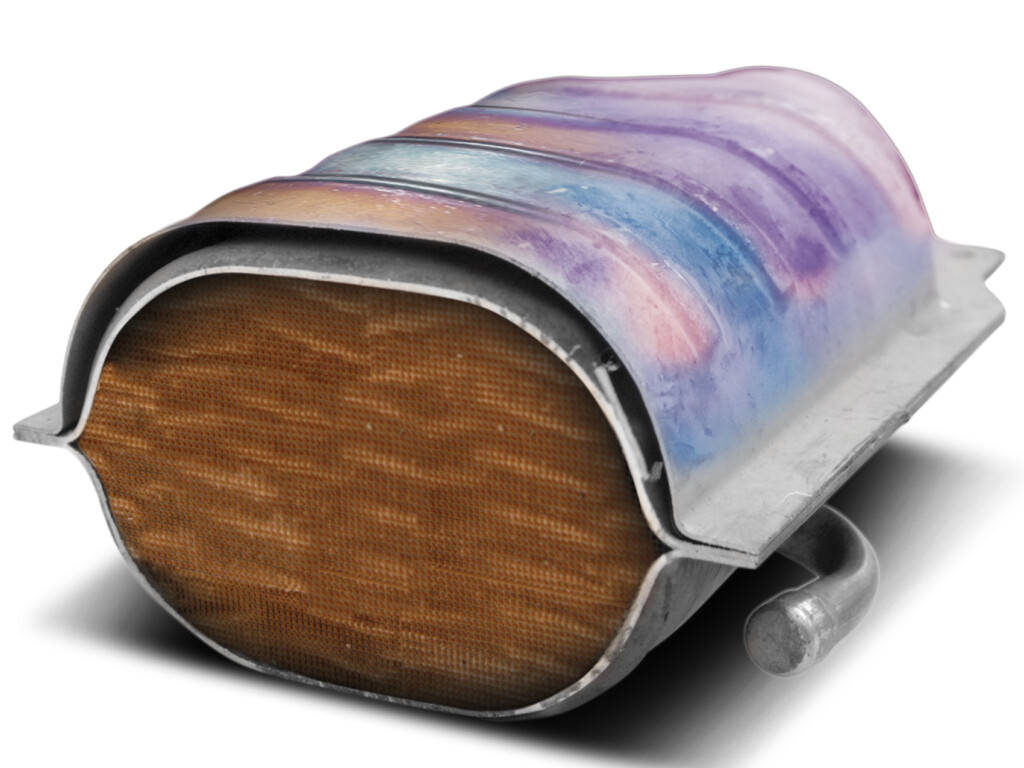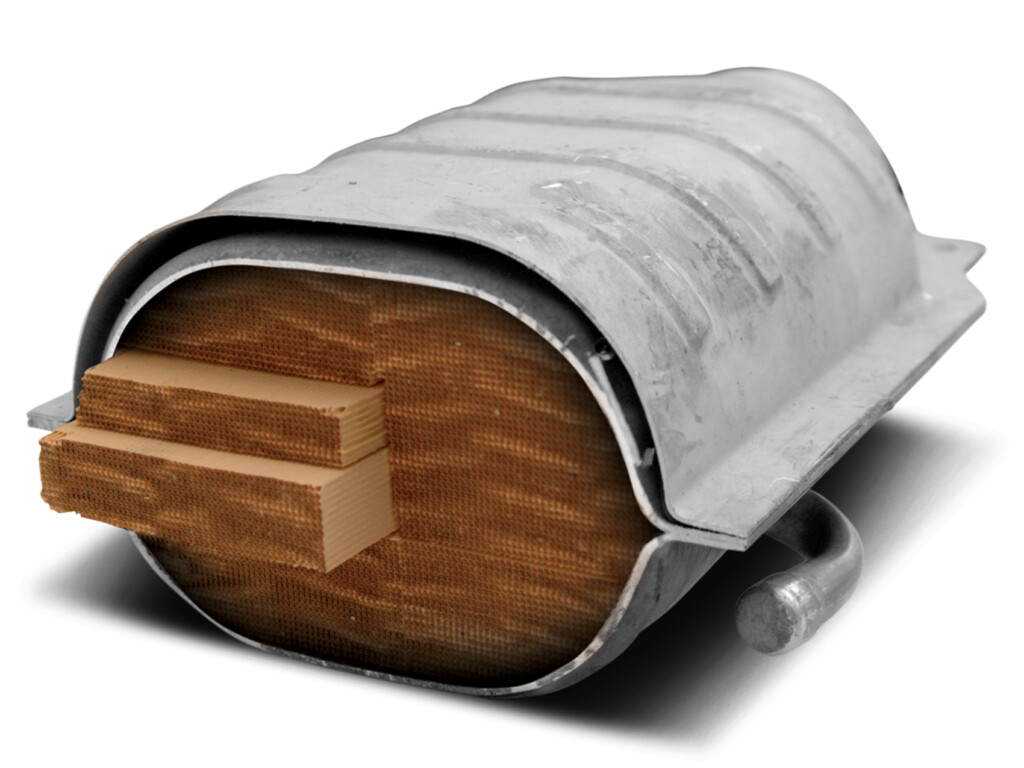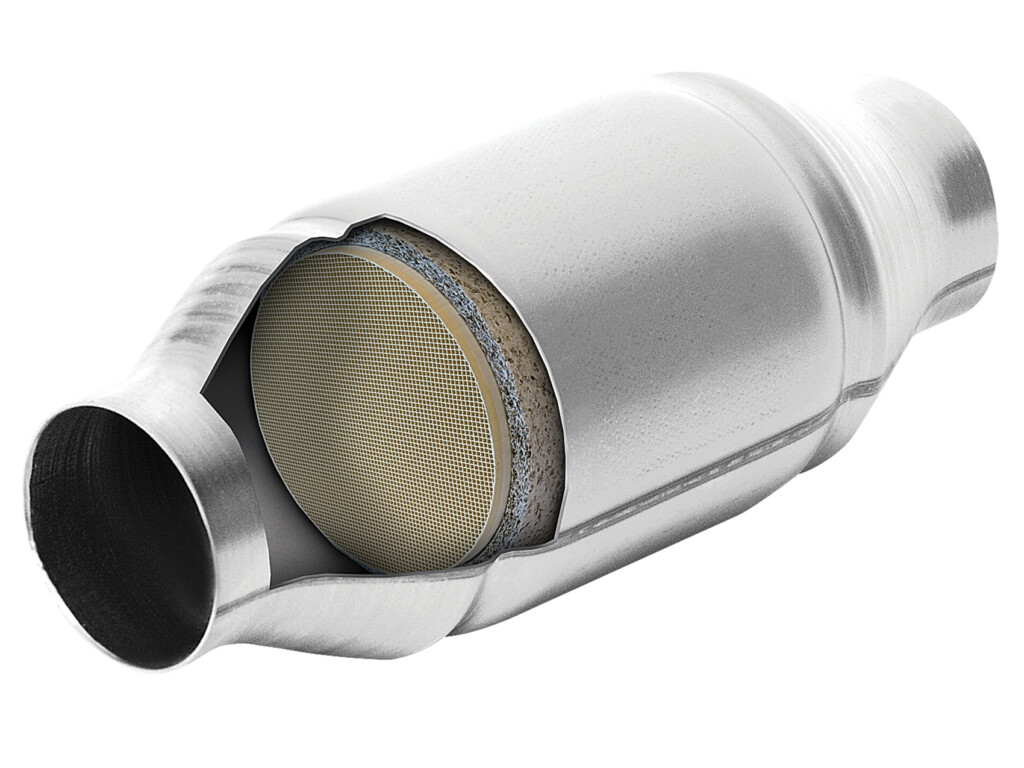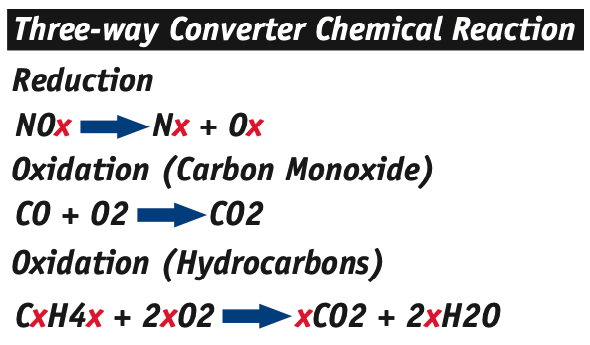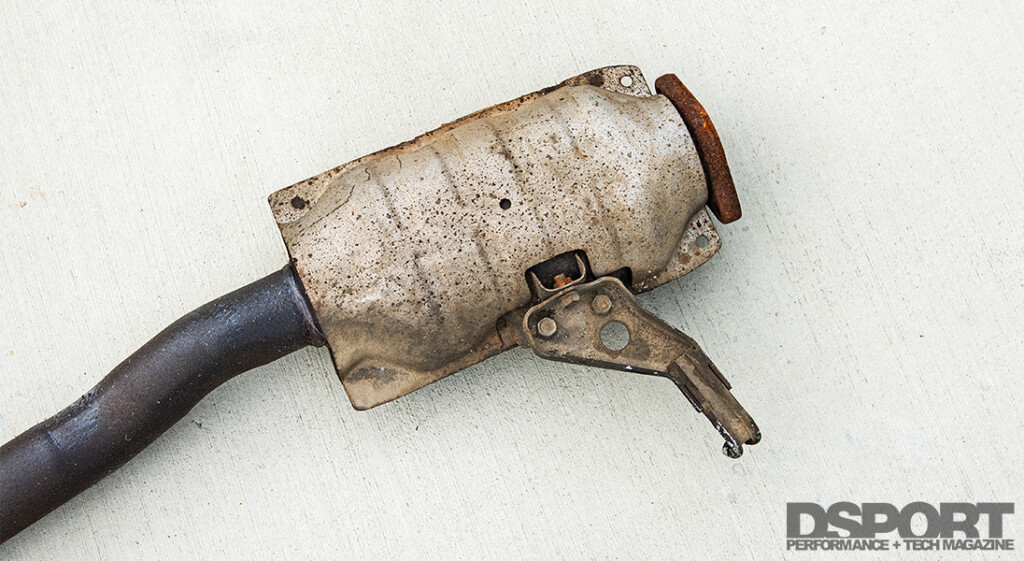Every car enthusiast loves the sound of an engine starting. We all look forward to starting the combustion process so we can hear that sweet sound from our engine – but not the way I experienced it. Roughly two months ago, I got in my car to get to DSPORT so I can start my Monday just like most Americans. Upon turning my ignition, my 2003 Toyota Sequoia sounded louder than most race cars I’ve been around. Startled, I quickly shut it off within one second not knowing what that initial “clunk” was. I quickly checked my oil to make sure my engine didn’t just get destroyed, followed by a visual inspection to make sure I didn’t devour a squirrel with my V8 serpentine belt. When everything checked out, I figured it’s time to start it again and let it run past that one second. The result was a 4.7-liter V8 monster rumbling so loud, even 3,000 horsepower GT-Rs can’t match the sound. It was obvious there was something wrong with the exhaust system, but what kind of exhaust leak screams this loud? I went under the car, and I realized that both my catalytic converters were cut off from the system. The cut was so clean it looked like a professional butcher did his best work on it. I’m Bassem, and I got my catalytic converters stolen – now what? Here, we talk about who’s a target for such crime, how you can reduce your risk of being a victim, and the most cost-efficient solution to either getting your cats stolen or when you simply need to replace your bad ones.
Text by Bassem Girgis // Photos by Joe Singleton & MagnaFlow
DSPORT Issue #218
The Target
Stealing catalytic converters isn’t limited to a specific brand; we’ve all seen videos in Europe where thieves jack up the car where it’s parked, cut the catalytic converter, and drop it all within a minute or two. However, realistically, these guys are looking for easy targets. There is no point of spending their month’s earning from stolen catalytic converters on fines or lawyer fees. So, ideally, a job performed in less than two minutes makes more sense. In my case, the car was parked curbside in front of my house, but not in my driveway. The most popular targets are trucks and SUVs, especially late-model Toyotas; however, anybody can be a target depending on a thief’s courage. These cars sit higher, giving them a comfortable space to work in, while not having any under-plastic to serve as an obstacle.
In my Sequoia’s case, the job could be done in 30-seconds for each catalytic converter, as they sit on each side of the car with enough room around to make it easier on them, harder on me. Two common tools are used for this job, either a pipe cutter or a reciprocating saw. The pipe cutter is discreet. It wraps around the pipe and the thief twists it back and forth as it quietly cuts through your next two pay-checks. The saw is quick, but it does make noise and put them at risk. From the cut on my system, it looks like it might’ve been done using a saw, but neither I, nor any of my neighbors heard any noise that night, and minimal metal shaving was under the car the next morning. Some crooks actually unbolt the catalytic converters, which sounds like it would take way too much time and effort (why am I feeling bad for the thieves working harder?). So, out of an average of 30,000+ parts on my car, why do they want the catalytic converters?
Why are they Valuable?
You may not be aware of it, but you are driving around with three precious metals inside your catalytic converter. Catalytic converters contain rhodium, palladium, and platinum. The three precious metals make the catalytic converter a great prey for criminals to recycle. Today’s rhodium price is $218.63 per Gram, palladium is priced at $59.34 per Gram, and platinum is worth $25.00 per Gram (market prices constantly change). While your average catalytic converter robbers don’t pick these metals out of the catalytic converters themselves, they simply just steal as many as they can and sell them to scrap metal places for a good payday. According to Richard Waitas, Senior Manager and Spokesman at MagnaFlow, the platinum-group metal (PGM) composition varies from application to application and by certification level. Some vehicles have $20-$30 recycled value, while some have $300-$500, but it all depends on the specific application and the market price for that specific week.
The harmful gases from the combustion process exiting your engine go through a honeycomb structure made from ceramic and coated with the catalyst. This process changes the composition of the gases before exiting the exhaust into the environment.
How it Works
Catalytic converters allow more internal combustion engine cars to be on the road without taking too much of a toll on the environment. EPA only estimates that 1/3 of the air pollution is a result of on-road vehicles and only responsible for ¼ of the contribution to greenhouse gas production. The good news is, if we split the molecules in the exhaust gases before they make their way to the environment, we can significantly reduce their hazardous characteristics. Enter the catalytic converter. Inside the catalytic converter, there is a combination of metals that create a chemical reaction. The harmful gases flow through a honeycomb structure made from ceramic and is coated with the catalyst (catalyst is a substance that enables a chemical reaction to proceed at a faster rate without itself undergoing permanent chemical change) to change their chemical composition.
Converter Related Failures
Catalyst Meltdown
Significantly heated due to raw fuel in the exhaust flow. This condition could cause engine damage.
Carbon Deposits
Contamination due to oil, coolant, or rich fuel mixture. Heated engine issues could occur.
Running Hot
Glowing red hot might result in catalyst meltdown. This condition could cause engine damage.
Catalyst Fracture
Ceramic becomes loose, cracked, and breaks down. Some meltdown could happen due to overheating.
Catalyst Types in CATs
It’s a common misunderstanding that a catalytic converter is a filter for the exhaust gases. The cats actually change the chemical composition in the gases exiting your engine by splitting up the harmful compounds like carbon monoxide and hydrocarbons and recombining them into less harmful compounds such as carbon dioxide and water vapor. There are two types of catalytic converters: three-way and two-way. The three-way catalytic converters have two different catalysts. One of the catalysts addresses the nitrogen oxide pollution. This process is called reduction. It breaks the nitrogen oxide into nitrogen and oxygen (hence breaking the molecules into their separate atoms), which aren’t harmful separately since they are already in the air. The other catalyst adds oxygen to turn carbon monoxide into carbon dioxide. This process is called oxidation. The oxidation reaction also turns unburned hydrocarbon in the exhaust into carbon dioxide and water. The three different chemical reactions that happen give this catalytic converter the name “three-way catalytic converter.” The two-way catalytic converter only addresses the oxidation process effecting the conversion of carbon monoxide and hydrocarbons and not the reduction process, making it a two-way converter.
The catalytic converter is not a filter. Instead, it changes the chemical composition of the exhaust gases to turn them into less harmful compounds.
California vs Other States
When you’re shopping for a catalytic converter, you may be shocked to see the difference in price between your California converters and Federal converters. New York and Maine also use higher standard catalytic converters, which they adopted from CA. I talked to Richard Waitas of MagnaFlow to understand more and clear the confusion surrounding CA vs other states’ converters. The reason the cost is more than tripled at times in CA is not necessary because it’s physically different, although often times it is, but because CA legal converters have to be CARB-compliant and issued an Executive Order (EO). The additional testing is intensive and requires manufacturers to go through various testing sessions and research before getting this Executive Order in addition to including more precious metals to meet the higher requirements. The standard in CA is higher due to the Clean Air Act of California passed back in 2008 effecting all vehicles 1974 and newer. This act granted CA the right to have higher standards than the Federal converters. To legally sell these converters, CA has a testing protocol called Federal Test Procedure (FTP) emissions test which is conducted by a third-party company. The third-party company needs to show that the new cat on the vehicle meets the criteria for the test and the car demonstrates the required level of “performance” in the context of emissions, not the fun performance we enthusiasts seek. The test procedure requirements are specific to engine families, but if it’s a pre-OBDII vehicle, then it would go by vehicle weight and engine displacement.
The CA and the Federal converters may or may not be physically different. In most cases, the precious metals in them may vary. The combination affects how the converter reacts, like how quick the heat takes the converter from a non-active state to an active state, versus having a different formulation in other states that could take longer for the catalytic converter to light off. This affects emissions as testing proved that the cold start pollutes the most. So, how quickly the cat can light off is critical to reducing pollution. This is why when you start your new car, you notice it idles at a really high RPM at first. The only purpose for the high idle is to get the catalytic converters to light off as quickly as possible and stop polluting as much.
The reduction process breaks the nitrogen oxide into nitrogen and oxygen, which are already in the air. The oxidation process adds oxygen to turn carbon monoxide into carbon dioxide, as well as turn hydrocarbons into carbon dioxide and water.
Can You Use Federal CAT in CA?
The answer is no. Aside from not having an Executive Order (EO), the non-California catalytic converters may not even physically fit on your car. There are cars that are 50-state cars (CA), while some are Federal cars (non-CA compliant). If you have a 50-state car outside of California, you can run the Federal converters; however, if this car is registered in CA, you will need an CARB-compliant converter with a valid EO. The issue is if you have a California car and you move out of state, a Federal converter may not in some cases physically fit, although you’re legally allowed to run a Federal converter. So, California cars can only accept the more expensive CARB-compliant converters or Federal converters designed for California vehicles registered outside of CA. The dilemma isn’t just in where the car is registered, but also the physical design of the car. The struggle is real and the technicalities are great, so reach out to the professionals if you have any questions. Most manufacturers have tech lines and would help ensure you have the right product the first time.
The Solution
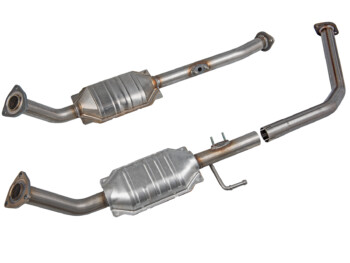 After experiencing the rumbling sound of my eight-cylinder and realising it’s not that fun, it was time to buy two California CARB-compliant catalytic converters to get my car back on the road. My first instinct was to look at Toyota to see how much they’ll set me back. I found the right-side catalytic converter carrying a dealer’s list price of $2,063.30, while the left-side one goes for $2,161.53. Add the gaskets for $9.45 each if your old gaskets need replacement (you will need four gaskets) since I was removing the remaining pieces of the pipes that were on there for the past 17 years, and the total was going to be $4,262.63. Given I purchased the entire SUV for $5,000 flat, I would drive it into the ocean before I spend almost as much as the entire vehicle on two catalytic converters. The only problem is, it’s not legal to drive your car in the ocean, and I love the car. So, the search for aftermarket converters started.
After experiencing the rumbling sound of my eight-cylinder and realising it’s not that fun, it was time to buy two California CARB-compliant catalytic converters to get my car back on the road. My first instinct was to look at Toyota to see how much they’ll set me back. I found the right-side catalytic converter carrying a dealer’s list price of $2,063.30, while the left-side one goes for $2,161.53. Add the gaskets for $9.45 each if your old gaskets need replacement (you will need four gaskets) since I was removing the remaining pieces of the pipes that were on there for the past 17 years, and the total was going to be $4,262.63. Given I purchased the entire SUV for $5,000 flat, I would drive it into the ocean before I spend almost as much as the entire vehicle on two catalytic converters. The only problem is, it’s not legal to drive your car in the ocean, and I love the car. So, the search for aftermarket converters started.
After a lot of internet surfing, I found MagnaFlow’s solution to my problem. They offer their aftermarket catalytic converters for California, Federal, New York, and Maine. For my car, the complete, direct-fit CA grade CARB-compliant cost $572 for the left-side converter, and $525 for the right-side. Both sides come with the pipes, gaskets, and accessories needed to make it a true bolt-on. If you want to do the welding yourself, a universal CA catalytic converter is also available for $351 each. However, we find that the complete system is the way to go since welding stainless steel is much more difficult. The total was $1,097 for the entire job, saving us $3,165.63 over OEM converters.
Did Your CAT Go Bad?
Catalytic converters are non-destructive. Assuming their life cycles are not interrupted by physical damage, contamination such as blown head gasket, oil, coolant, excessive fuel, leaded fuel (CATs are not compatible with lead as it bonds to the other metals and creates a coating), or anything that would attack its pores (the ceramic material would absorb it and make it less effective and eventually fail), they should live forever. These contaminations are the reason they fail. So, if you are replacing it because your engine has high mileage and the cats failed, you have to address the engine before installing new cats or they, too, will fail because the car is still doing the contamination. Make sure your engine is tuned up and running well to protect your converters.
For the sake of removing 17 year old nuts, we turned to heat to get the job done when everything else failed.
Installation is a true bolt-on. The only struggle we had was removing the nuts that were stuck on there for the last 17 years.
The MagnaFlow catalytic converters come with everything you need to install with the O2 sensor ports in the proper places and ready to bolt-on.
The Bottom Line
The problem is bigger than me; it’s a nationwide issue that many car owners suffer from daily. In fact, the day my catalytic converters were stolen, a handful of my neighbors complained about the same thing, with one neighbor even selling his SUV after replacing his converters twice only to wake up to a screaming vehicle. While the dealership certainly over-charges, and while we may hate how much more we Californians have to pay for our cats, the reality is that CA simply requires more testing to get approvals and maintains a higher standard requiring more precious metals, manufacturers have to increase the price because their cost is much higher through the testing and research required to maintain the higher emissions standard. Fortunately, a company like MagnaFlow offers a relatively affordable option, far more affordable than Toyota, making the pill easier to swallow, and making replacing your catalytic converters doable. Try parking your car in your garage, the driveway, or in a lit area, but more importantly, good luck!



